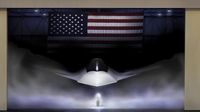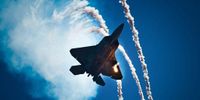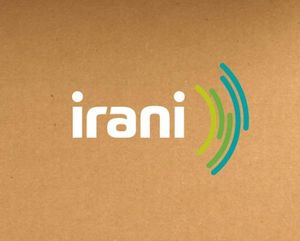On March 21, 2025, President Donald Trump announced that Boeing has won a historic contract to develop the U.S. Air Force's first-ever sixth-generation fighter jet, officially named the F-47, as part of the Next Generation Air Dominance (NGAD) program. This announcement marks a pivotal moment in the defense sector, with the F-47 set to replace the aging F-22 Raptor, enhancing America's air superiority capabilities.
During the unveiling at the White House, alongside Defense Secretary Pete Hegseth, Air Force Chief of Staff Gen. David Allvin, and Lt. Gen. Dale White, President Trump described the significance of the F-47. "The F-47 is equipped with state of the art stealth technologies – virtually unseeable – and unprecedented power, the most power of any jet of its kind ever made," Trump stated confidently. He emphasized that "America’s enemies will never see it coming," underlining the tactical advantages the aircraft is expected to provide.
The F-47 is anticipated to enter service in the 2030s, representing a leap forward in technology. As part of the NGAD initiative, the F-47 will incorporate advanced stealth features, sophisticated sensors, and next-generation propulsion systems. These capabilities are designed to ensure the aircraft can operate effectively in contested environments and work alongside unmanned systems, enhancing its versatility on future battlefields.
Trump also hinted at a potential shift in defense strategy, stating that the U.S. might consider selling “toned down” versions of the F-47 to select allies, a stark change from the previous policies surrounding its predecessor, the F-22, which was barred from export. The contract value, while not disclosed in detail, is expected to exceed $20 billion, with projections suggesting it could involve hundreds of billions over the project's lifetime.
For Boeing, this contract represents a critical recovery after years of struggles within its defense division. The success in securing the NGAD contract is seen as a lifeline for the company's fighter jet production line in St. Louis, Missouri. Steve Parker, interim CEO of Boeing's defense unit, stated, "We recognize the importance of designing, building and delivering a sixth-gen fighter for the Air Force," signaling the company's commitment to meeting these ambitious demands.
The program has strategic importance amid rising military competition, particularly from China. As pointed out by Maj. Gen. Joseph Kunkel during a recent Air Force panel discussion, "Bluntly, what this study told us is, we tried a whole bunch of different options, and there was no more viable option than NGAD to achieve air superiority in this highly contested environment." This comes at a time when Chinese advancements in military technology, including their fifth-generation fighters, pose significant challenges to U.S. dominance.
With the aircraft currently in the engineering and manufacturing development phase, the Pentagon has noted substantial budget allocations, with approximately $19 billion earmarked for the NGAD program over the next five years. However, the total costs could escalate to hundreds of billions. Roman Schweizer, an analyst with TD Cowen, remarked on the potential scope, indicating the extensive investments required not only for the F-47 itself but also for integrated systems that support it.
The competition for the NGAD platform saw Boeing triumph over Lockheed Martin, which has traditionally dominated the stealth fighter market with its F-22 and F-35 models. Lockheed Martin expressed disappointment but remained committed to advancing air superiority technologies, stating, "We will await further discussions with the U.S. Air Force" to explore future opportunities.
The announcement resonated positively among lawmakers, particularly in Missouri. Senator Eric Schmitt hailed the contract as a "momentous day both for St. Louis and the country as the production of next generation fighter jets will be in the Show Me State." Other lawmakers echoed similar sentiments, expressing confidence that the F-47 will play a crucial role in maintaining national defense.
The defense industry is not without its skeptics, however. Experts like military procurement analyst Dan Grazier questioned the necessity of a new manned fighter in an evolving landscape dominated by drone and space warfare capabilities. "$20 billion is just seed money. The total costs coming down the road will be hundreds of billions of dollars," Grazier cautioned, urging a reconsideration of spending priorities in light of technological advancements.
As military strategies adapt to new realities, the F-47 stands as a symbol of the U.S. commitment to technological innovation and air superiority. The journey ahead for the NGAD program will require addressing financial, technological, and strategic complexities to ensure that it meets the ambitious goals set forth by the Air Force and national defense policy-makers.
The F-47, as envisioned, will be a hallmark of American air power, capable of responding to an increasingly complex global threat environment. Successful development and implementation of this fighter jet will not only bolster U.S. military capabilities but will also reaffirm its leadership in the ever-evolving field of aerospace technology.







